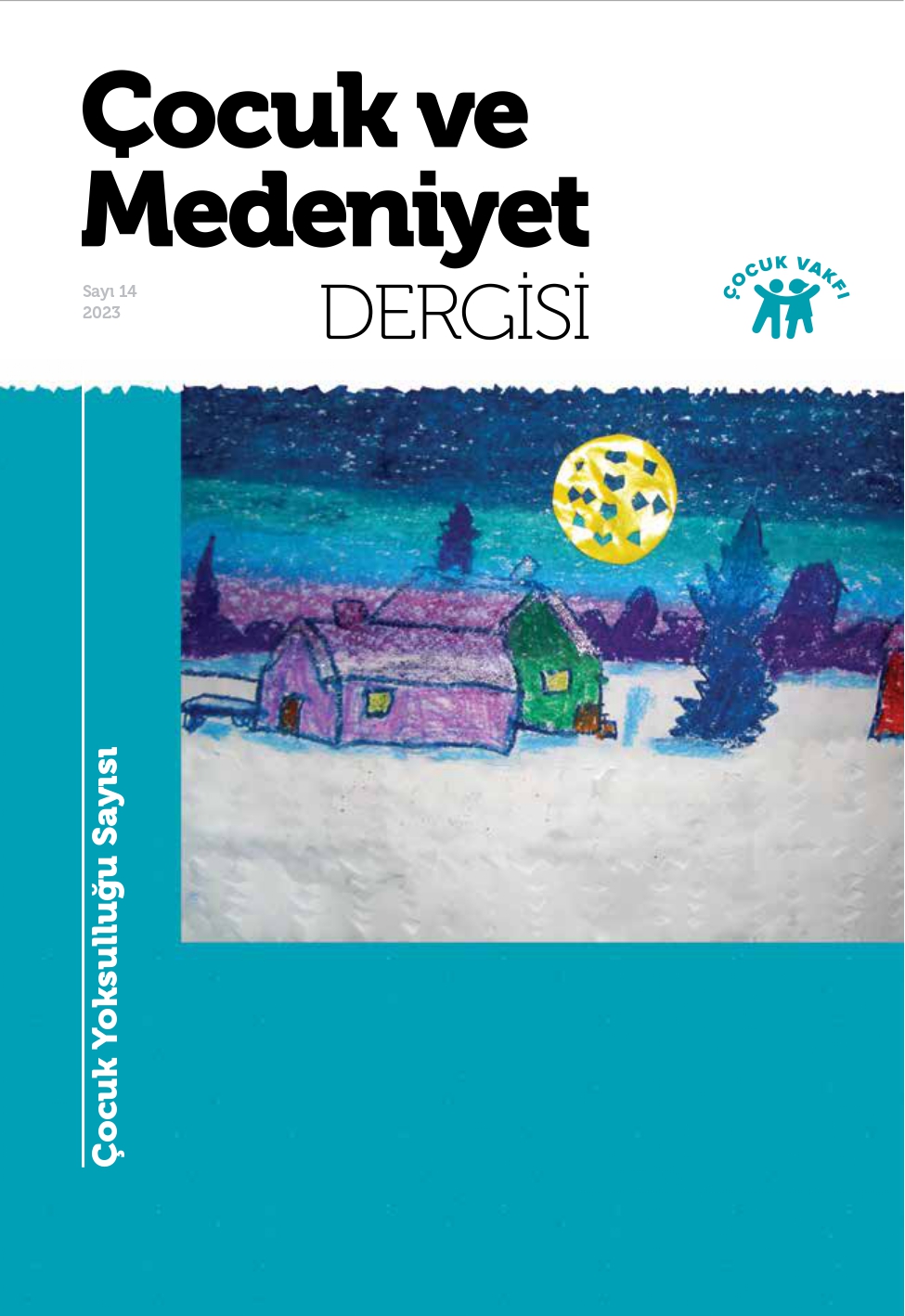The Thousand and One Faces of Child Poverty in Television Series
DOI:
https://doi.org/10.47646/CMD.2023.312Keywords:
child poverty, child, television seriesAbstract
Poverty, which is frequently discussed around the world, is reconstructed in the media. Poverty, which has come to the agenda of television with commercial broadcasting, is addressed in different ways. Child poverty, which is an important topic of discussion in poverty studies, is one of the least discussed topics in the media. From this point of view, this study analyzes the representations of children in poverty in television series. The series were analyzed in four periods from the 1990’s to the present day. The series examined according to this periodization are: Kaygısızlar, Öyle Bir Geçer Zaman ki, Kızım, Ateş Kuşları. In the series analyzed using Shaul Shenhav’s narrative conceptualization analysis, the themes of absolute and relative poverty were discussed. Child poverty was evaluated in terms of space, characters’ appearances and language use. As a result, it was found that the basic elements of absolute poverty such as nutrition, shelter and clothing were represented as issues that are difficult to access for poor children. Relative poverty, which is the inability to meet the minimum level of educational, health, cultural and social demands, is frequently mentioned in the series through child characters. However, it is understood that both absolute and relative poverty are schematized in the series and the root causes of poverty are not presented.

